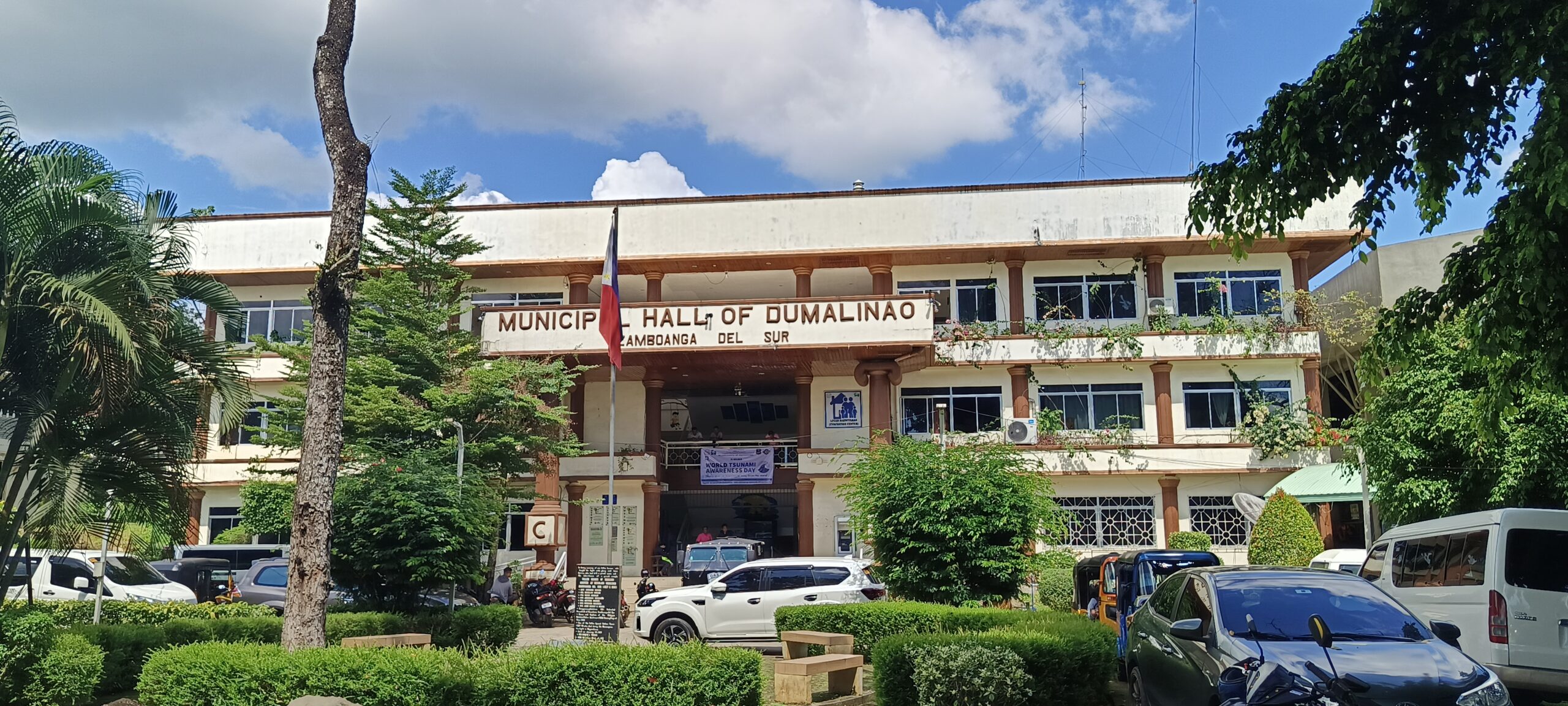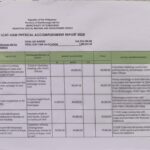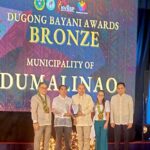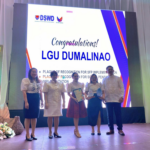About Lgu
History of Dumalinao, Zamboanga del Sur
In 1956 the barrios of Dumalinao Proper, Bigong, Tigbao, Ticwas, Balongating, Baguitan, Pantad, Napulan, Tagulo, Camanga, Margang, Sibucao, Tina, Guling, Miculong, Baga, Rebucon, and Mambilik were separated from Pagadian City and constituted into Dumalinao through House Bill No. 5000, which later became Republic Act No. 1593 and approved on June 16, 1956.
The person responsible for sponsoring the bill was Congressman Q. Ubay of Zamboanga del Norte since during that time, Zamboanga del Sur had no congressman; Rep. Roseller T. Lim that time had been elected to the Senate in the 1955 special election.
Martin D. Raluto was first appointed municipal mayor with Guillermo Talaid as his vice mayor. The new town then had four councilors: Vicente T. Labrado, Severino Ramas, Fulgencio Lauglaug, and Eniiego Gemina, although the latter did not serve. Raluto held the position of municipal mayor until his death on June 11, 1969. Ace William E. Cerilles is now the immediate past mayor who served for three (3) terms 2007-2016.
The Municipality’s present Local Officials are as follows:
Mayor: Junaflor “Sweet” S. Cerilles
Vice Mayor: Wilfredo L. Malong Sr.
SB Members:
Arnold Flores
Zenaida Losabia
Elynor Cortez
Jelito Peñonal
Gerardo Gamal
Romeo Ligan Jr
Gleewin Rubio
Rolly Ching
Liga ng mga Baranggay President
Jessie Neil Paulo
IP Mandatory Representative
Romeo Parila
SK Federated President
Jeziel Dagupan
Cultural Background of Dumalinao
Subanens are considered as the first inhabitants of the municipality. They usualy live near riverbanks, hence their name, Suba-nens, which means River dwellers.
The Subanon meaning of the name of the Dumalinao by syllable is Duma – simply means companion, comrade, friend, etc. Dlinao – is a deep portion of the river where the water seems to stand still. Linao – means still, motionless, trouble-free, peace, joy and tranquility. As a whole, it means the people of a place living peacefully with love, united in peace and in crisis, and contented with nature’s bounty.
Before, there lived a group of Subanen in a small valley, through which a creek flows. As common for convenience, the people built their thatch-roof huts along this creek. Their means of livelihood were small farming by shifting; and hunting and fishing within the surrounding forest abound with forest products for food. The people were happy, honest, peaceful and contented. As their homes were located along the creek, the creek became the playground of the young boys and girls, and became a place of merriment every day.
One day, when the meal was ready, a mother called her children. But nobody heard for they were noisy playing in the river. She was burning with anger and shouted on top of her voice, saying; Hoy! doma namo dlinao-o-o! Oli amo hoy! Mbaloy p’ mma mo dli-nao-o-o. Incidentally, a stranger appeared and asked, “What is the name of this place?” in a language the woman did not understand. Thinking that the stranger was asking what she was shouting at, answered, “Aww! P’towagan ho doma na dlinao hin.” The stranger, without understanding the woman’s language asked, what? Domadlinao? And repeated, Domadlinao? The woman nodded, and the stranger left repeating domal-dlinao, domadlinao, dom dlinao, domalinao.
On his way, he met another resident of the place and asked, “Is this place Domadlinao orDomalinao?” Without understanding the language of the stranger, the man just nodded. The stranger went on, believing that he got the correct answer to his question. However, the mistaken word became the name of the place “Domalinao.”
At present, the tri-culture people live peacefully in the municipality, Muslims, Christians, and Subanens.





